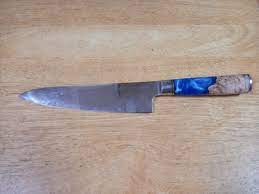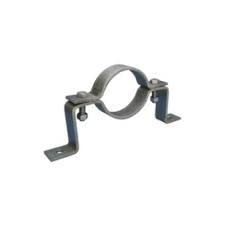Introduction:
If you are looking for top-top quality knives for the kitchen, you can’t go wrong with Japanese Kitchen Knives. These knives provide superior functionality, durability, and style in comparison with other types of kitchen cutlery. In addition, they come in a number of shapes and forms to accommodate different requires. How can you select the right Japanese knife for your kitchen? Let us have a look at some ideas to help you make an educated selection.
Kinds of Japanese Knives
Step one in picking the right knife is understanding the various types of Japanese knives offered. There are two main kinds of kitchen knife (couteau de cuisine): traditional and present day. Standard styles involve santoku (the all-objective blade), nakiri (excellent for cutting up fresh vegetables) and yanagiba (ideal for chopping seafood). Present day types happen to be adapted from conventional patterns with sharper cutting blades, increased ergonomics and much more long lasting materials. Popular modern types incorporate gyutou (a versatile chef’s knife) and takobiki (well suited for cutting sashimi).
Components Utilized in Generating Knives
With regards to deciding on a quality knife, substance is crucial. The most common materials used in making Japanese knives is co2 metal having a solidity score between 56-60 around the Rockwell size. Other typical components incorporate stainless steel, which can be easy to sustain but lacks sharpness as time passes damascus metallic that has excellent edge preservation and alloy metal which provides excellent corrosion level of resistance but calls for more recurrent honing.
Knife Quality & Toughness
The standard of a knife is determined by its development, advantage preservation and blade power — all aspects that depend upon its materials and also design. Quality knives will have rotor blades which are securely mounted on their manages with rivets or pins, strong edges that hold up well against wear and tear, and sturdy rotor blades that refrain from chipping or busting despite repeated use. The best way to establish high quality is actually by trying out different types prior to making an order — this will provide you with a concept of what type of fabric works the best for your specific needs.
Conclusion:
In terms of choosing the best Japanese kitchen knife for your requirements, there are many factors to consider including variety, material used to make the blade and total high quality/sturdiness. It’s essential to do your homework just before committing to any purchase to be able to find the excellent knife that fits your entire demands yet still be within finances. Using these tips under consideration, you need to have no difficulty getting a high-top quality Japanese kitchen knife that may endure yrs!



